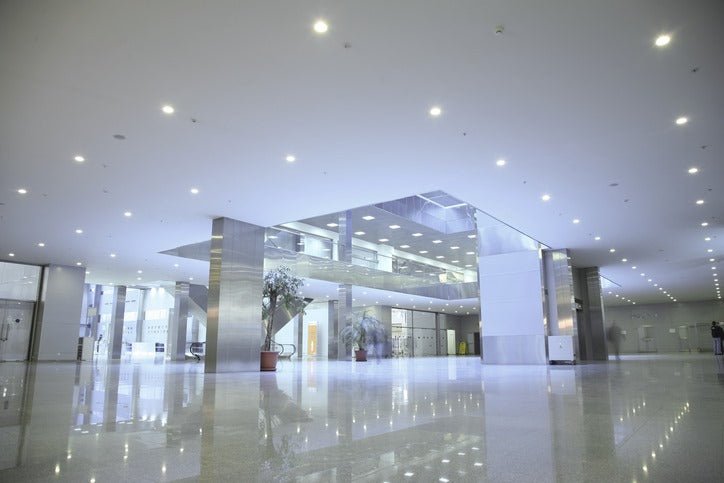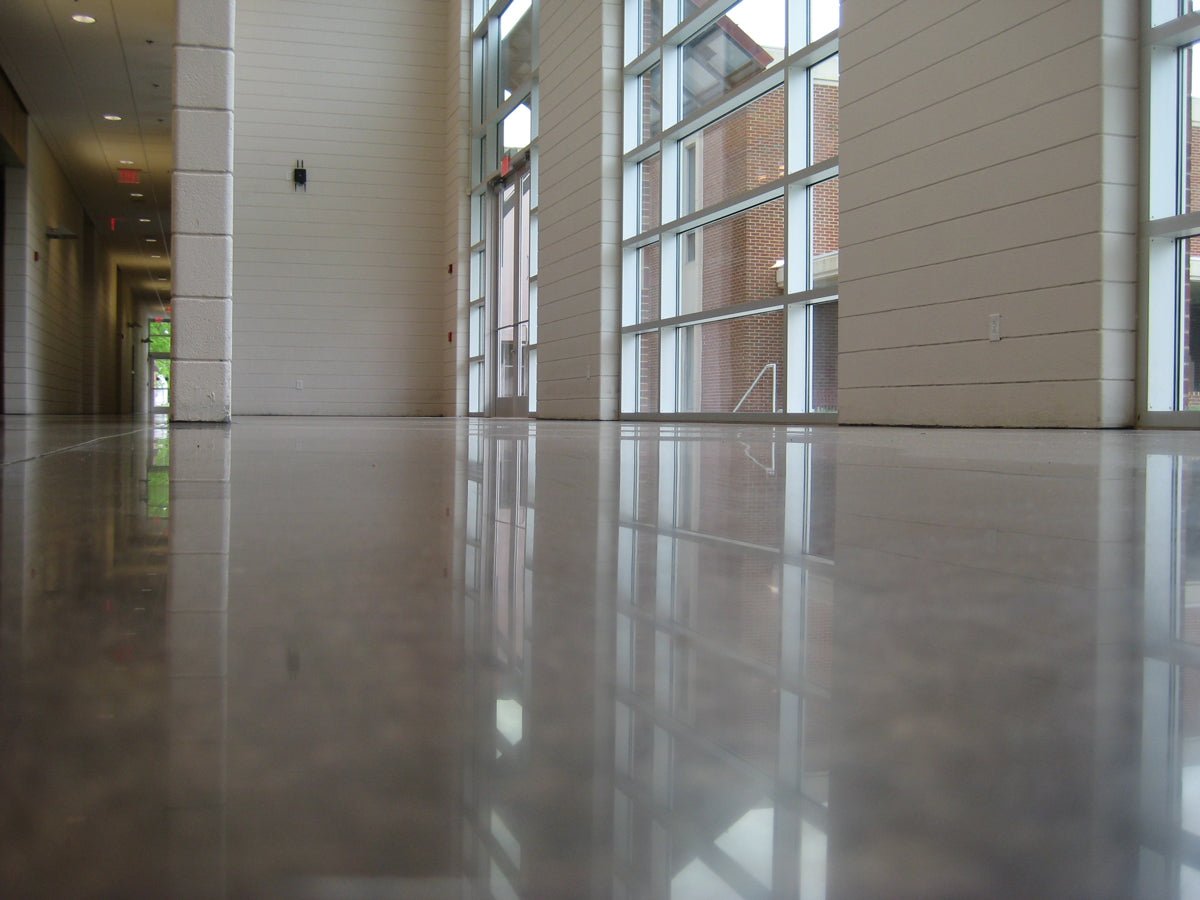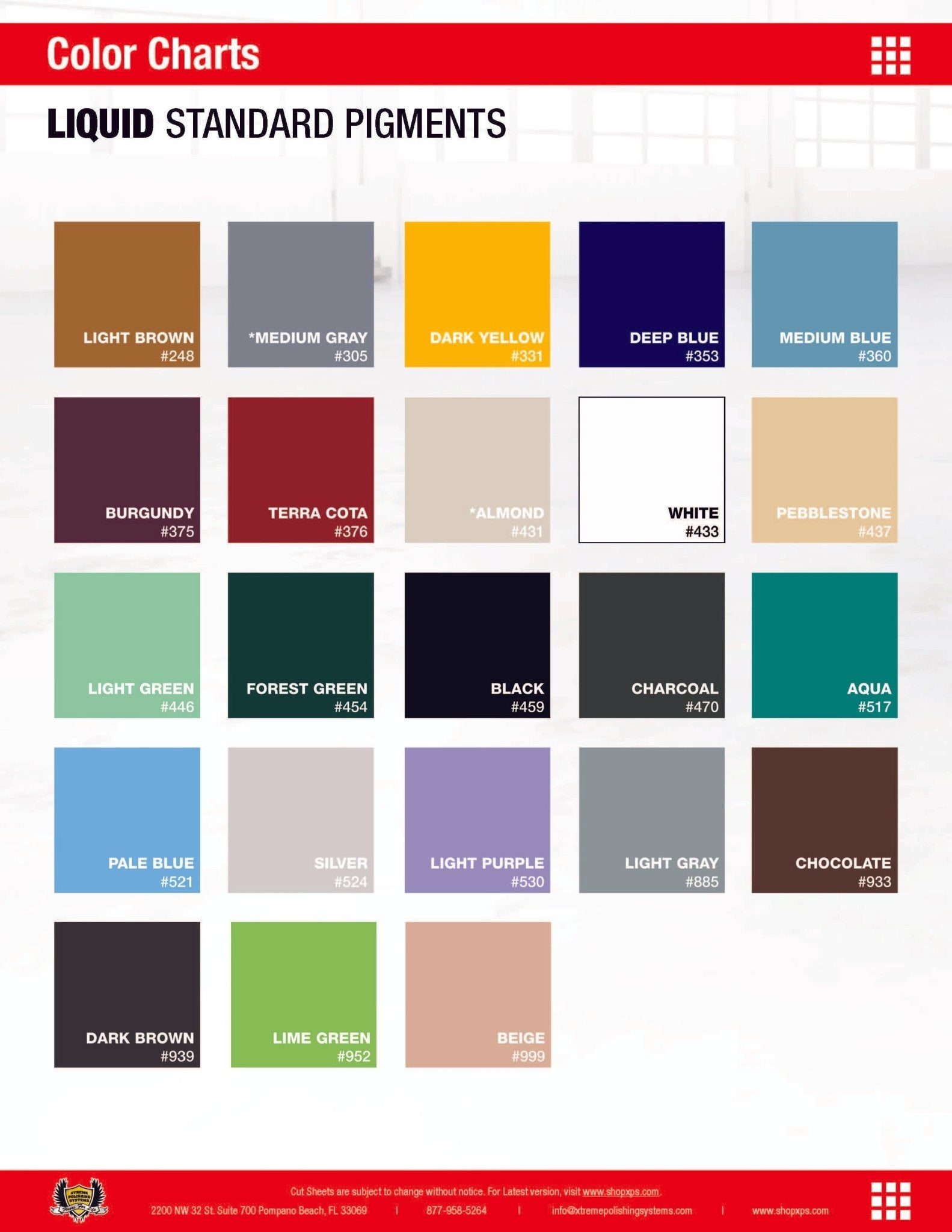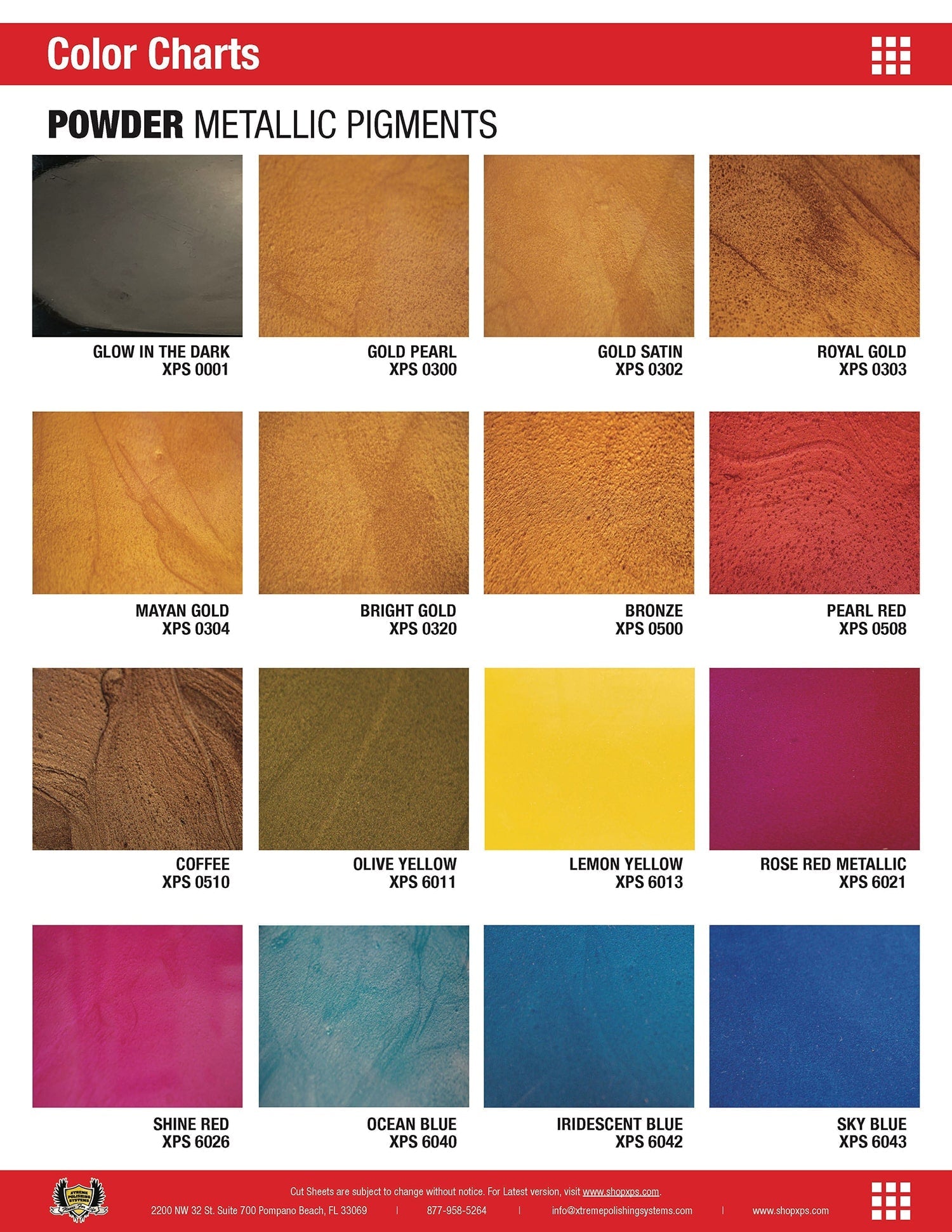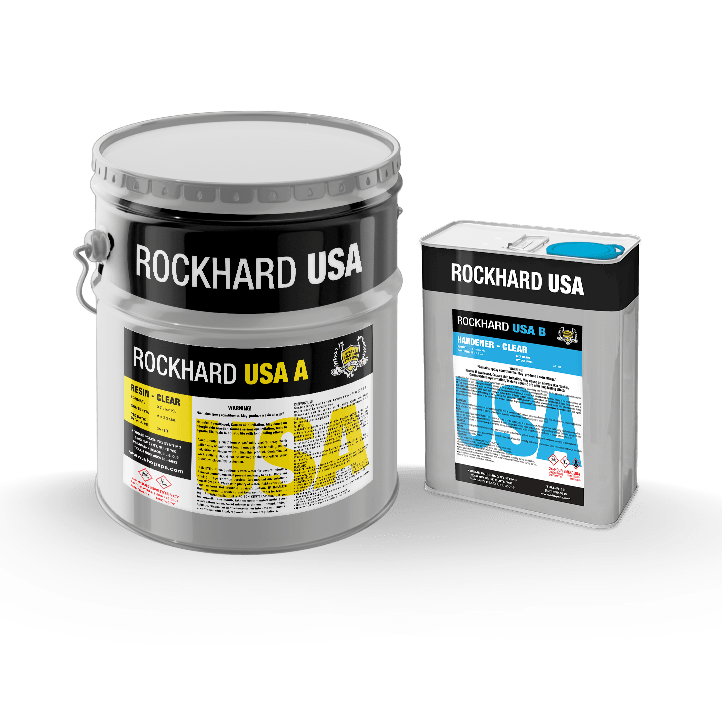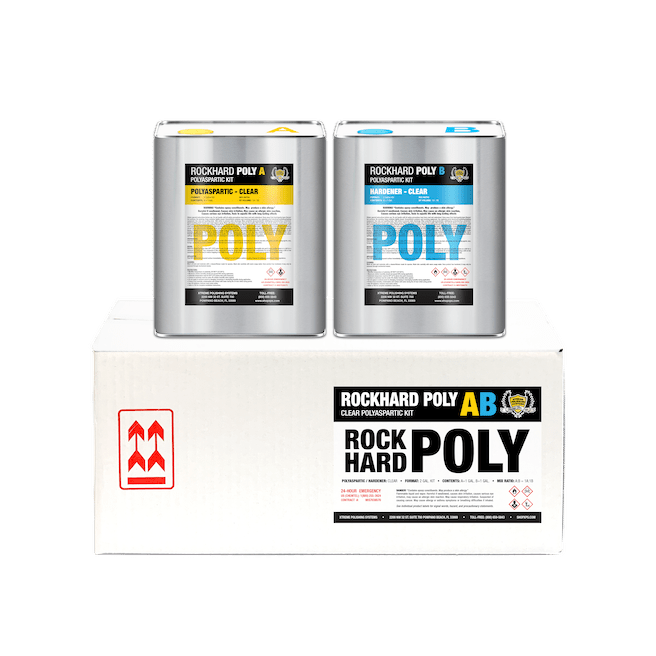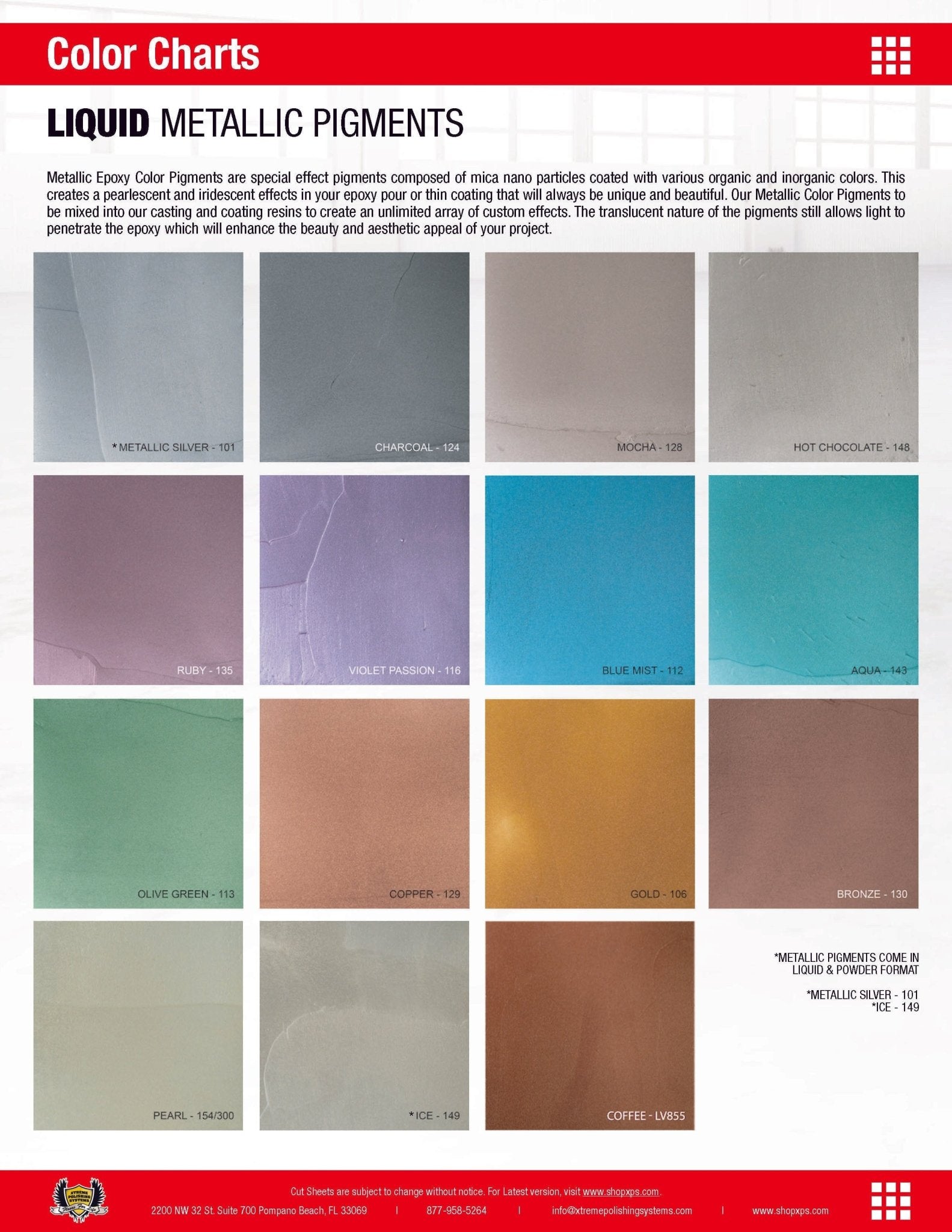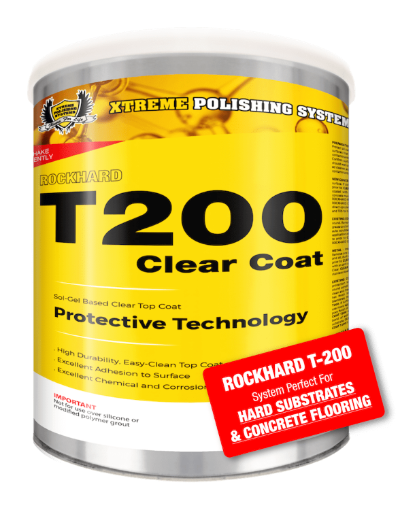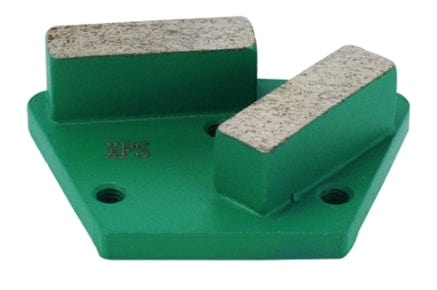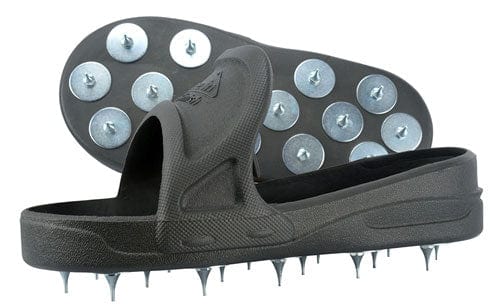What Are Epoxy Coatings?
Epoxy is a thermosetting, industrial-grade resinous coating that works as a durable adhesive, binding the material to the surface (complies best with concrete surfaces). Epoxy coatings act as a sealant that’s specifically designed to protect surfaces, whether it be flooring, countertops, walls, objects, bar and tabletops. Epoxy coatings have low VOCs and are self leveling materials that produce a seamless surface and prevents corrosion overtime.
Epoxy coatings are available as water-based, solvent-based or 100% solids coatings. Epoxy coatings are easy to apply and has gained major popularity from businesses for its special bonding characteristics in harsh commercial floor settings and has also appealed to homeowners for aesthetically pleasing purposes. Epoxy bonds extremely well to properly prepared concrete surfaces and can be used as a resurfacing agent for old or worn concrete. Though some epoxy formulas come with U.V. inhibitors, they will still eventually yellow or amber when exposed to sunlight for any length of time.
What are Polyaspartic Coatings?
Polyaspartic is a coating and sealing product in the same category as epoxy and polyurethane however, the majority of polyaspartic coatings are not 100% solids but are solvent-based. 100% solids polyaspartic coatings, sealers, and topcoats are low or zero VOC. Solvent-based polyaspartics can be dangerous to inhale, requiring the applicators to wear the appropriate respirator. Polyaspartic coatings possess nearly identical properties as polyurethane coatings. They are long-wearing and abrasion, scratch, chemical, UV and impact resistant.
The biggest differences are that polyaspartic coatings can be used as a complete flooring system as well as a top coat; they provide faster drying time and high film builds allowing for a much faster return to service. Polyaspartic coatings also resist stains and slightly higher temperatures than other types of coatings. Polyaspartic coatings can be applied around freezing temperatures, making them good for walk-in freezers and the like however, it takes the material a lot longer to cure in colder temperatures. Polyaspartic coatings can be used as a top coating over epoxy coatings (to save costs) or they can be used a complete flooring system.
What are Polyurethane Coatings?
Similar to epoxy, polyurethane is a thermosetting polymer and high-performance coating. Polyurethane coatings are mostly used as top coats over epoxy coatings because unlike epoxy, polyurethane coatings are formulated with UV resistant properties. This means that it won’t yellow like epoxy does when exposed to small amounts of sunlight over a period of time. The surface of polyurethane is not as hard as epoxy but it is much more scratch resistant, can tolerate larger temperature swings, and handles humidity much better. It is also available in different finishes from satin to very glossy. Though polyurethane coatings have many advantages over epoxy, it does not bond well to concrete and its thin dry film thickness will not work well as a self-leveling coating. For that reason, polyurethane coatings cannot be used as a complete system in itself. Another thing to consider is that most polyurethanes are solvent based, so they can have high VOC’s, and may require a respirator to apply.
Of the different formulations available, aliphatic polyurethane is the desired choice. Though it’s approximately 60% to 70% solids depending on the manufacturer, a polyurethane coating is only about 2 to 3 mils in thickness and can’t be adjusted as with epoxy. Polyurethane coatings have more flexibility than epoxy which aids in absorbing impacts better. It is also much more abrasion resistant. The resistance to chemicals is better than epoxy as well and this includes resistance to solvents such as methylene chloride which is the primary ingredient in paint stripper. Typical applications for polyurethane coatings include high-traffic areas to provide excellent abrasion, scuff and stain resistance.

At Xtreme Polishing Systems, our team of experts understands that concrete can variate in properties, therefore each slab must be treated differently. We also know how common it is for those unforeseen complications to occur after hours while still on the job site. It is crucial to have immediate support for achieving beautiful concrete finishes.
Whether you’re a professional contractor or a do-it-yourself type of person, our top-of-the-line concrete product supply and industry expertise are available to anyone. Our pros are here to discuss all your project concerns to assist you every step of the way, from START to FINISH.
Questions? We would love to hear them! Our professionals are readily available to answer all your questions and to provide you with concrete knowledge and industry expertise in the overall preparation and completion of a concrete floor project. Shop Online or Call (877) 958-5732 for all your concrete flooring needs!
